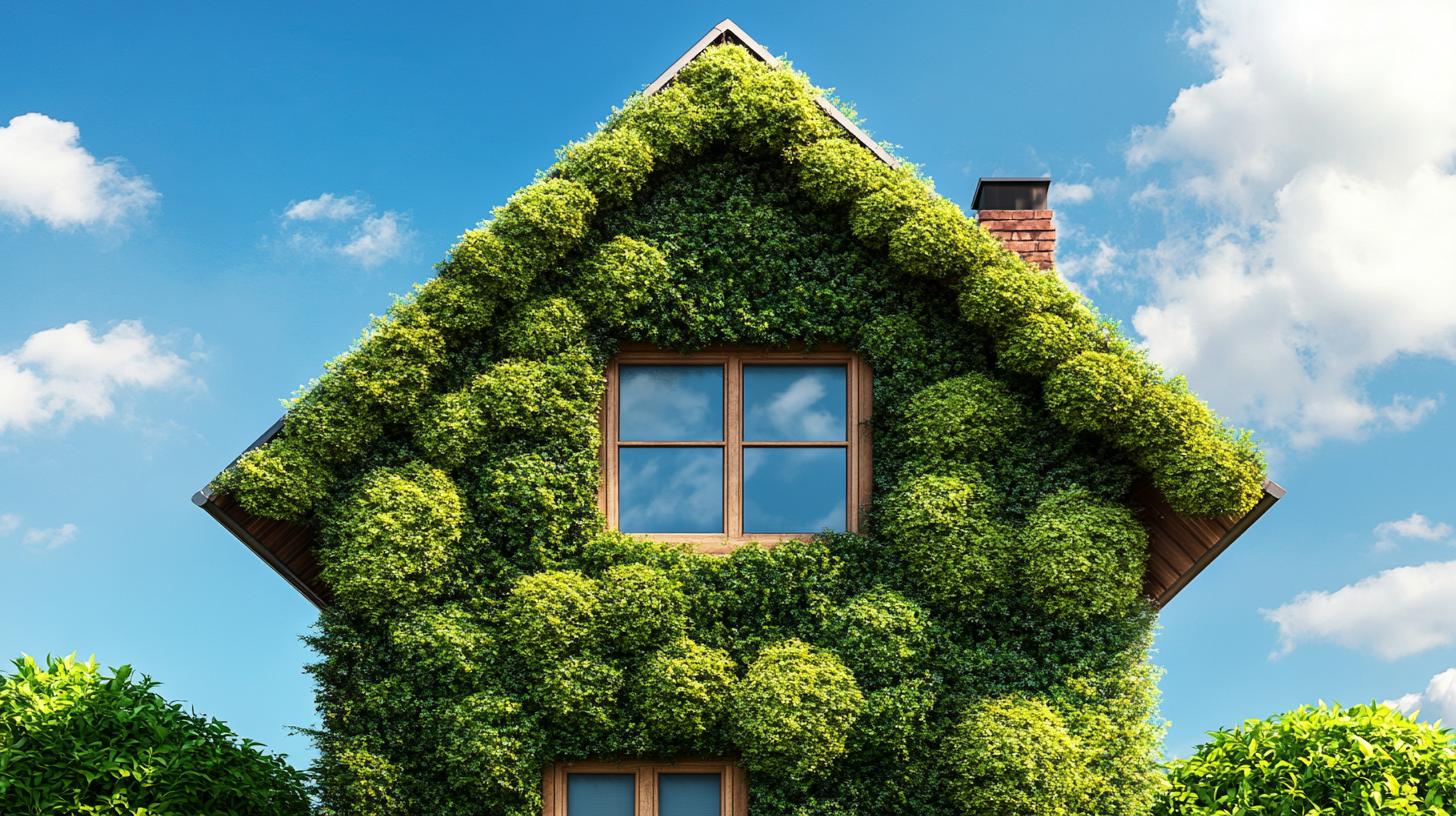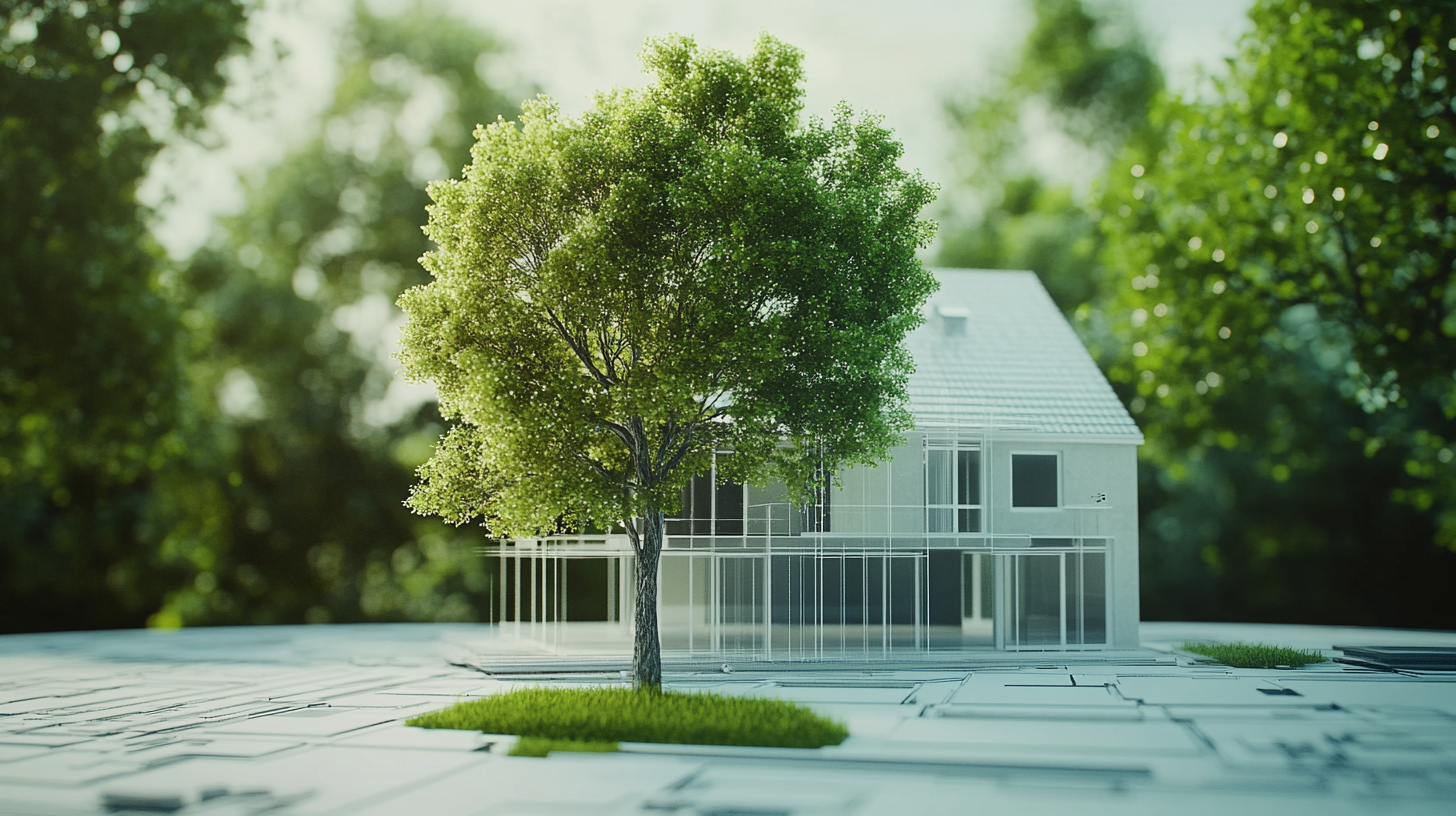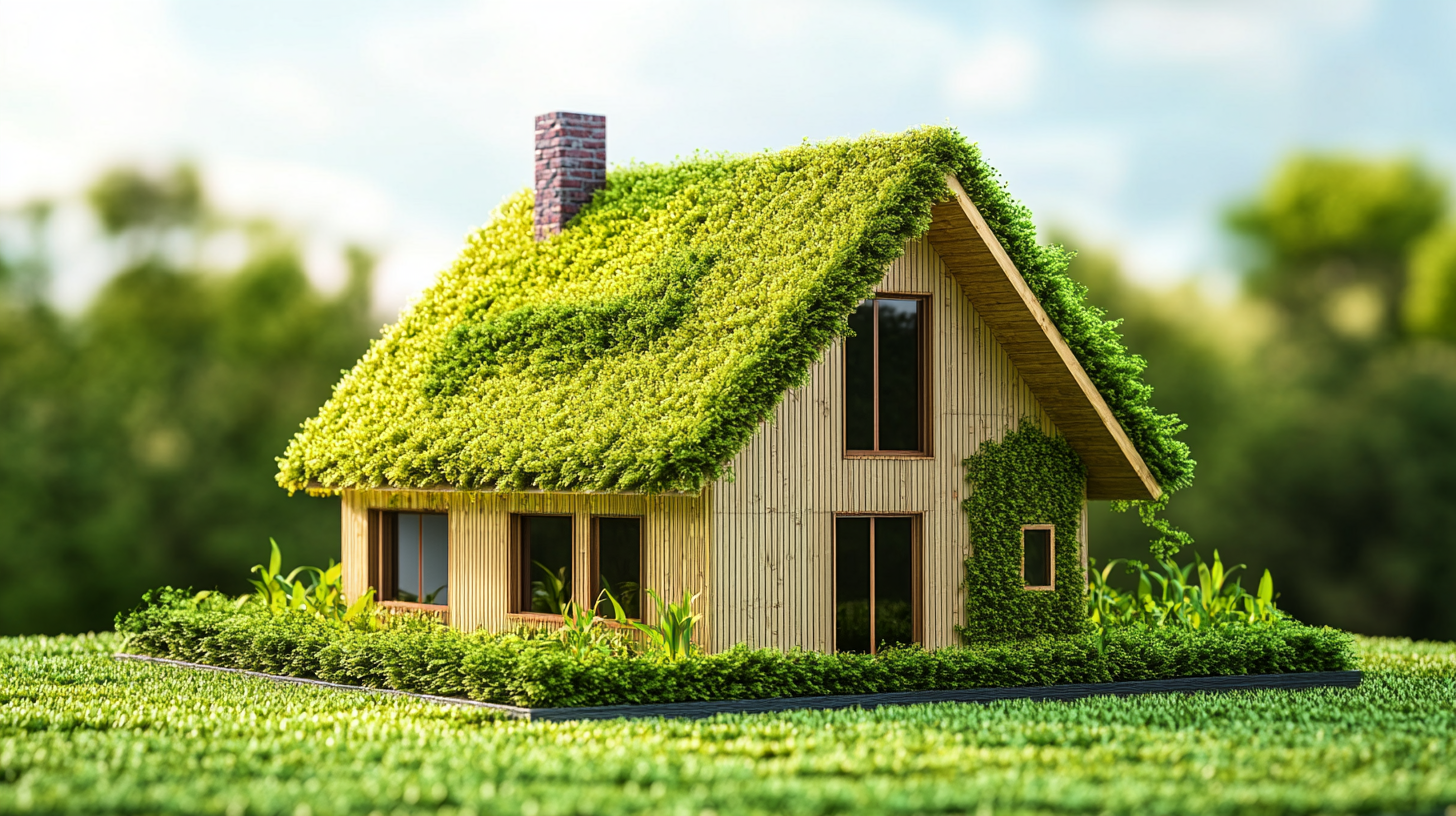Natural beauty for your favorite space
Unlocking Savings with Green Building Products Strategies for Reducing Maintenance Costs and Enhancing Aftercare
In recent years, the construction industry has increasingly recognized the financial advantages of utilizing Green Building Products as a sustainable alternative to traditional materials. According to a report by the U.S. Green Building Council, green building practices can reduce energy consumption by up to 30% and have the potential to save up to 39% in maintenance costs over a building's lifecycle. With these products not only promoting environmental stewardship but also enhancing the longevity and efficiency of structures, they represent a significant opportunity for property managers and builders alike. This blog will explore effective strategies for implementing Green Building Products, aimed at reducing both immediate maintenance expenses and long-term aftercare needs, ultimately leading to more resilient and cost-effective building solutions.

The Financial Benefits of Green Building Products on Long-Term Maintenance Costs
In recent years, the adoption of green building products has surged, driven by an increasing awareness of sustainability and environmental responsibility. One of the standout advantages of these eco-friendly materials is their significant impact on long-term maintenance costs. Traditional building products often require frequent maintenance and repairs, leading to inflated expenditure over time. In contrast, green building materials are designed for durability and resilience, reducing the frequency and cost of upkeep. With features such as resistance to mold, pests, and weathering, these products ultimately lead to more sustainable financial savings for property owners.
Moreover, the initial investment in green building products is frequently offset by the savings they generate over their lifecycle. Energy-efficient systems and sustainable materials not only lower utility bills but also enhance the overall longevity and performance of structures. This cost-effectiveness becomes even more apparent in aftercare scenarios, where reduced maintenance needs free up resources for other essential areas. By strategically investing in green building products, property owners can unlock significant savings while simultaneously fostering a commitment to sustainability that benefits both the environment and their bottom line.
Financial Benefits of Green Building Products on Long-Term Maintenance Costs
Analyzing the Lifecycle of Green Materials and Their Impact on Aftercare Expenses
In the era of sustainability, the lifecycle of green materials plays a crucial role in determining not just their environmental benefits but also their impact on aftercare expenses. Recent studies highlight the importance of life cycle assessments (LCA) in evaluating building materials, showcasing how the incorporation of biobased materials—such as cellulose nanocrystals—can minimize maintenance costs while enhancing structural integrity. These innovative materials, derived from renewable resources, exhibit properties like high mechanical strength that contribute to long-lasting performance, thus reducing the frequency and costs associated with repairs and replacements.
Moreover, the integration of waste materials, such as waste tire rubber, into concrete exemplifies a pragmatic approach to sustainable construction. Utilizing such materials not only lowers the carbon footprint but also potentially diminishes the overall lifecycle expenses tied to maintenance. As construction practices evolve, applying a life cycle thinking framework can help identify the key environmental impacts of various materials, leading to more informed decisions that balance sustainability with cost-effectiveness. By focusing on materials' entire lifecycle—from production through eventual disposal—stakeholders can optimize their strategies for aftercare, significantly enhancing economic savings in the long run.

Comparative Study: Traditional vs. Sustainable Products in Building Maintenance
In today’s construction industry, the debate between traditional and sustainable building products is gaining momentum, particularly in the realm of maintenance. Traditional materials often come with high maintenance costs due to their susceptibility to wear and environmental damage. For instance, wood often requires regular treatments and sealants to prevent rot and pest infestation, leading to increased long-term expenses. On the other hand, sustainable products, such as composite materials or recycled metals, are designed to withstand harsher environmental conditions, ultimately reducing the frequency and cost of maintenance interventions.
Moreover, sustainable products often come with enhanced durability and longevity, which further economizes on maintenance efforts. Products like eco-friendly roofing systems and non-toxic paints not only promise a longer lifespan but also minimize the health risks associated with toxic substances. As building owners become more aware of these benefits, many are making the shift toward greener alternatives, finding that upfront investments in sustainable materials can result in significant savings over time. Thus, integrating sustainable building products not only optimizes maintenance costs but also fosters a healthier environment for both the occupants and the planet.

Quantifying Savings: Data-Driven Insights on Green Building Investment Returns
Investing in green building products not only promotes sustainability but also offers substantial financial returns. Recent studies indicate that buildings incorporating energy-efficient systems can lead to operational savings of up to 30%, significantly reducing maintenance costs over time. According to the U.S. Green Building Council, such investments can yield up to a 20% increase in asset value, reflecting the growing consumer preference for eco-friendly spaces. Data from the Global ESG Benchmarking Report emphasizes that organizations implementing sustainable practices are seeing improvements in their earnings before interest, taxes, depreciation, and amortization (EBITDA) due to enhanced operational efficiencies.
To maximize these benefits, consider leveraging artificial intelligence (AI) technologies. AI can optimize resource allocation and predictive maintenance, reducing costs while boosting the lifespan of building systems. For instance, predictive analytics can foresee potential issues before they escalate, leading to an average savings of 10-15% in maintenance expenses. Additionally, integrating AI tools can enhance energy management systems, resulting in a potential 5-20% reduction in energy usage.
**Tips:**
1. Regularly review your building’s energy consumption data to identify areas for improvement.
2. Invest in AI-driven management systems for smarter, cost-effective maintenance strategies.
3. Collaborate with green technology providers to stay updated on the latest in sustainable practices.
Unlocking Savings with Green Building Products Strategies for Reducing Maintenance Costs and Enhancing Aftercare
| Category | Initial Investment ($) | Annual Maintenance Cost ($) | Projected Lifespan (years) | Estimated Savings Over Lifespan ($) |
|---|---|---|---|---|
| Energy Efficient Windows | 5,000 | 200 | 20 | 3,000 |
| Low-Flow Plumbing Fixtures | 1,000 | 50 | 15 | 750 |
| Green Roofs | 15,000 | 300 | 30 | 5,000 |
| Solar Panels | 20,000 | 100 | 25 | 10,000 |
Innovative Strategies for Implementing Green Technologies in Facility Management
As facility managers navigate the complexities of modern real estate, integrating green technologies has emerged as a game-changing strategy. The 2025 commercial real estate outlook emphasizes the importance of sustainable business practices, highlighting that companies adopting green building products experience an average of 20% reduced operational costs over five years. By investing in energy-efficient systems and sustainable materials, organizations not only enhance their environmental footprint but also improve their bottom line.
Moreover, a recent report indicates that buildings employing innovative green strategies can see maintenance costs decrease by as much as 30%. This significant reduction is primarily due to the resilience of sustainable materials and the reduced wear and tear associated with eco-friendly products. In a market where profitability and environmental responsibility are increasingly intertwined, facility managers must prioritize the implementation of these green technologies to ensure long-term success and customer satisfaction. As the industry evolves, the focus on aftercare will also become pivotal, requiring ongoing evaluation and adaptation of these sustainable practices to meet emerging needs and regulations.
Unlocking Savings with Green Building Products
This chart illustrates the cost analysis associated with green building products, highlighting initial costs, maintenance costs, energy savings, lifecycle benefits, and aftercare costs. Implementing sustainable technologies can lead to significant long-term savings and better facility management.
